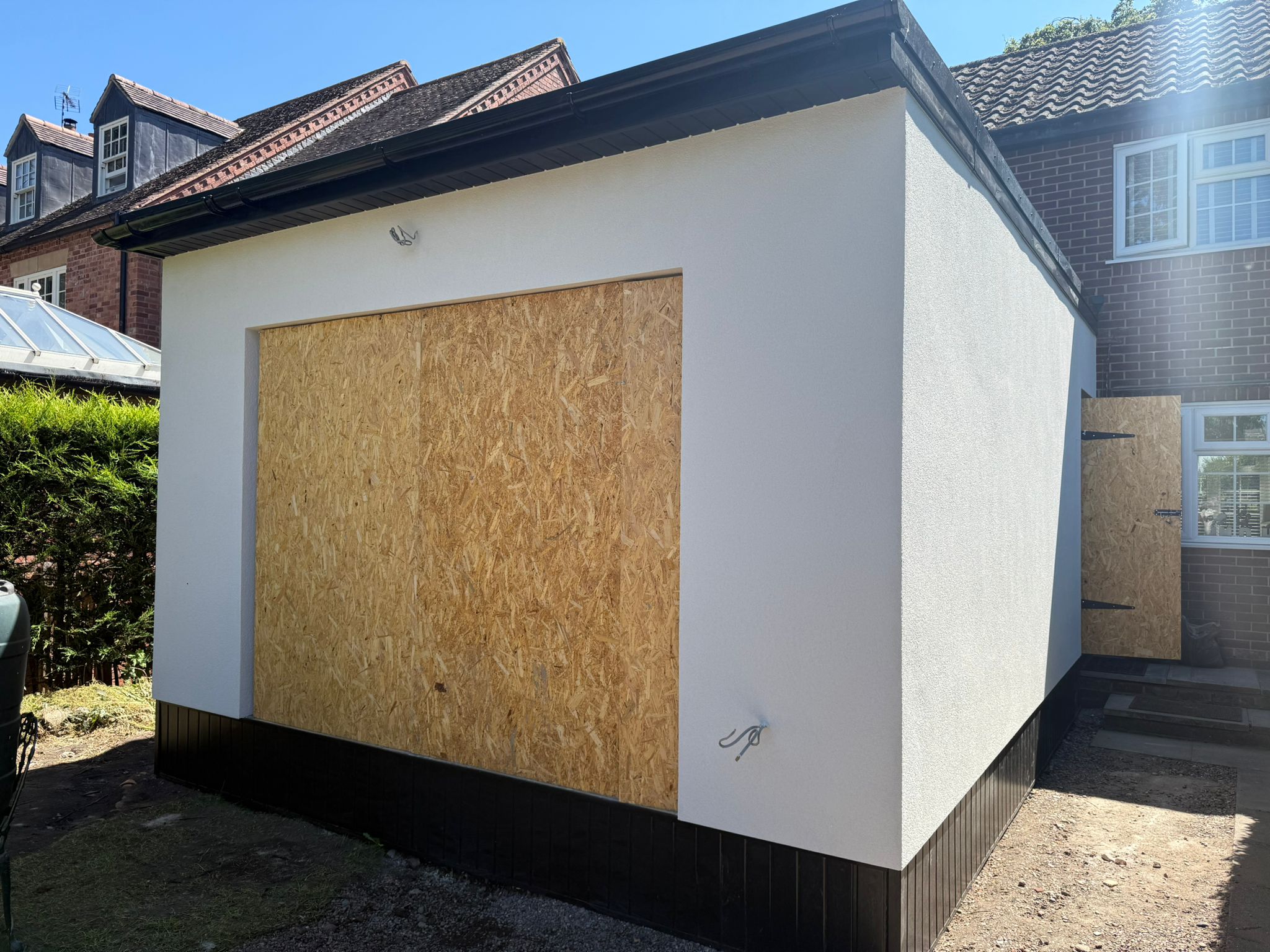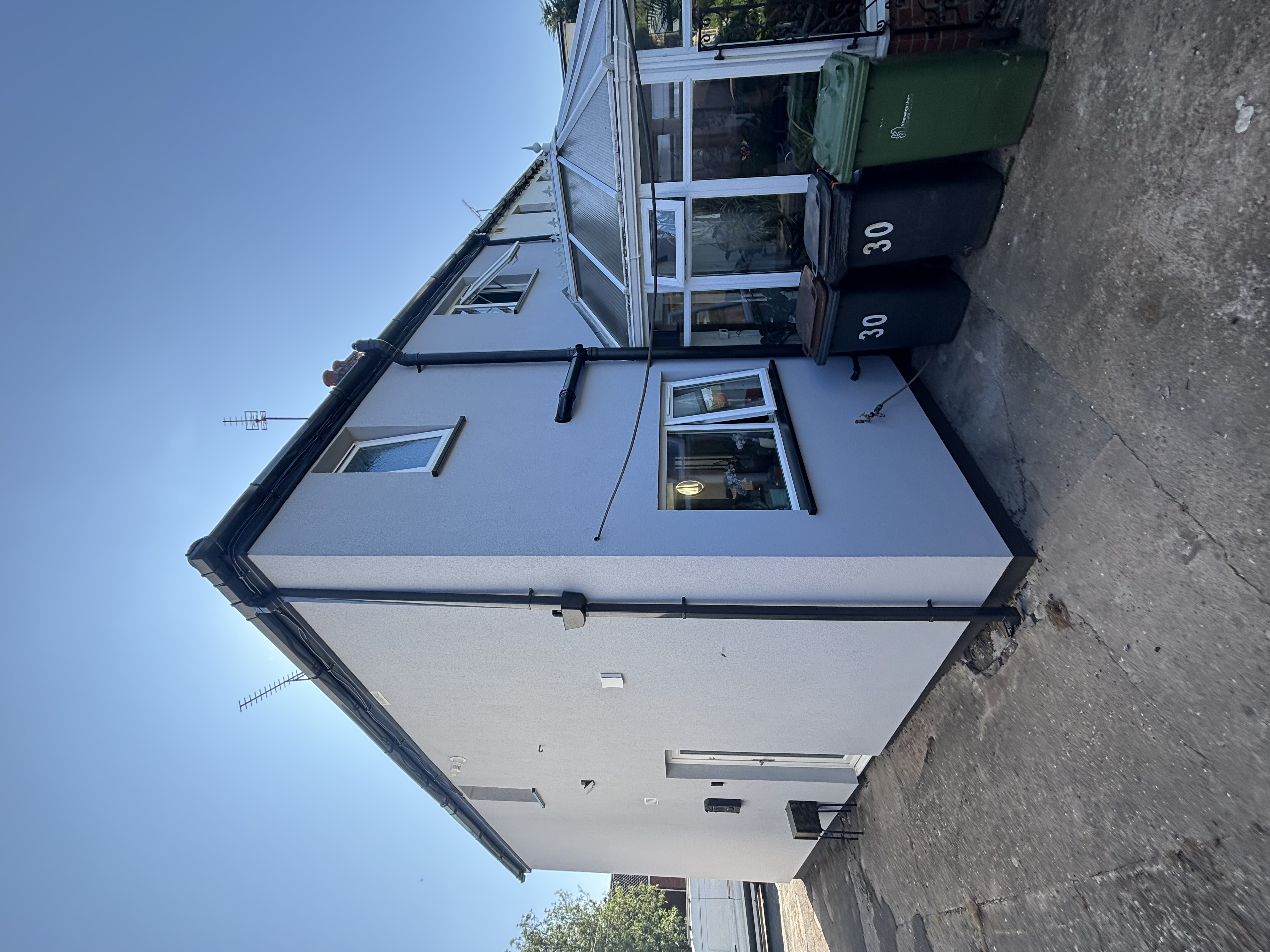.avif)
The thermal performance of a home is crucial for maintaining a comfortable living environment. Effective insulation helps stabilise indoor temperatures, minimises drafts, and reduces reliance on heating and cooling systems. By acting as a barrier to heat flow, insulation enhances energy efficiency, lowering energy bills and reducing the environmental footprint of your home while ensuring greater comfort for you and your family.
In today’s blog, we’ll explore two key metrics for evaluating insulation: U-values and R-values. Understanding these measures is essential for homeowners considering external wall insulation, as they determine how well different materials retain or resist heat.
Technical terms can sometimes be confusing, so we’ve created this simple guide—‘U-Values vs. R-Values: A Homeowner’s Guide to EWI’—to help you make informed decisions. Here’s everything you need to know.

A U-value measures how much heat is lost through a building material, such as windows, walls, or roofs. Simply put, it’s a "leakiness score"—the lower the U-value, the better the material is at retaining heat. This means better insulation, improved energy efficiency, and reduced energy bills.
For instance, a well-insulated wall with a low U-value helps keep your home warm in winter and cool in summer by minimising heat loss. U-values are expressed in units of W/m²K, with building regulations requiring new builds and retrofits to achieve a U-value of 0.3 W/m²K or lower.
A U-value accounts for the three main ways heat is lost:
Understanding U-values is essential for selecting materials that enhance thermal performance, improving your home's comfort and energy efficiency.
An R-value measures how well a material resists heat flow. Think of it as a "resistance score"—the higher the R-value, the better the insulation is at stopping heat from passing through. Unlike U-values, which assess the entire structure, R-values focus specifically on the insulation material. R-values are often a starting point when considering insulation, as they are simpler to calculate and directly reflect the effectiveness of the insulation layer.
How Are They Different?
Why Do They Matter for External Wall Insulation (EWI)?
When installing EWI, the primary goal is to reduce the U-value of your walls to meet energy efficiency standards. A lower U-value ensures your home retains heat in the winter and stays cooler in the summer. This leads to improved comfort year-round, reduced energy bills, and improved Energy Performance Certificate (EPC) rating.
Why Are U-values Important in the UK?
U-values are a critical measure of a building’s thermal performance and energy efficiency in the UK. They play a key role in meeting the UK Building Regulations, particularly Part L, which focuses on conserving fuel and power. These regulations aim to lower carbon emissions and improve the thermal performance of both new and existing homes. By adhering to U-value standards, you not only save energy and reduce costs but also contribute to the UK’s environmental goals.

Each insulation material offers unique benefits, thermal conductivity, and R-values:



By understanding U-values and R-values, you can make better choices about improving your home’s insulation and energy efficiency.
If you're looking into external wall insulation and its benefits, understanding U-values and R-values is an excellent starting point. These metrics are crucial for making informed decisions about insulating your home. By familiarising yourself with these terms, you can select the most suitable insulation option to create a more energy-efficient, comfortable, and eco-friendly living space.
When planning an insulation project, it's essential to adopt a holistic approach. Factors such as thermal bridging, air permeability, and thermal mass all play a critical role in determining the overall effectiveness of insulation. For optimal results, consulting a professional is highly recommended.

Ready to improve your home's U-value and energy efficiency? Contact us today for a free consultation and expert advice on external wall insulation.

